Perhaps more than any other animal, the prehistoric-looking rhinoceros has become a beacon for the plight to save Africa’s endangered wildlife. But how well do you really know these iconic animals? Let’s dive in to some fun facts and fictions on rhinos. (Or, head to the bottom to read more about rhino conservation!)
Trunks, Tusks & Tiptoes: The Remarkable Anatomy of Elephants
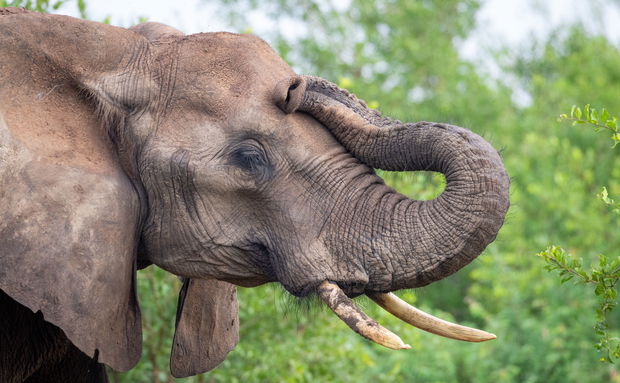
Elephants are some of the most iconic animals on the planet, and encountering them on safari is always a powerful moment. But beyond their size and presence lies a world of incredible adaptations that help them thrive in their environment. From their trunks to their toes, every part of an elephant has evolved to serve a specific purpose—and the results are nothing short of remarkable. Here are five fascinating facts about elephant anatomy that might just make you appreciate these gentle giants even more.
1. The Trunk: Nature’s Multi-Tool
An elephant’s trunk might look like one long nose, but it’s actually a combination of the upper lip and nose, made up of over 40,000 muscles (for comparison, humans have around 600 in our entire bodies!).
Elephants use their trunks for just about everything—breathing, smelling, drinking, feeding, touching, communicating, and even expressing emotion. They can gently pick up a blade of grass or rip branches from trees. You'll often see them use their trunks to greet other elephants or offer reassurance to a calf.
It’s an organ of precision and power, and no two trunks are quite the same. Some elephants even favour a specific side when using their trunks, much like being right- or left-handed.
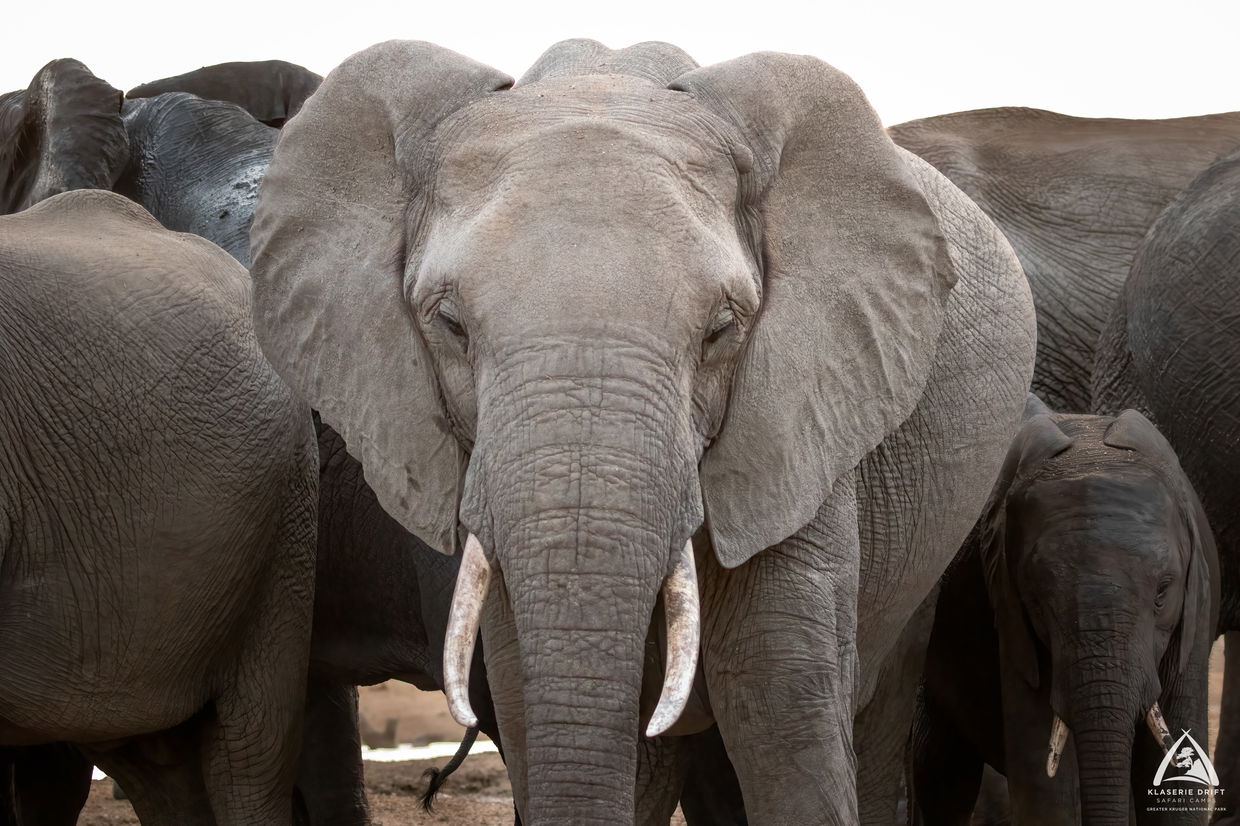
2. Tusks: More Than Just Teeth
Tusks are elongated incisor teeth that grow continuously throughout an elephant’s life. These incredible tools are used for digging, lifting, stripping bark, defending against threats, and even as a show of dominance.
Interestingly, many elephants develop a "preferred tusk"—known as being right- or left-tusked—which tends to be shorter or more worn from frequent use.
Sadly, tusks have also made elephants a target for ivory poaching, leading to a rise in tuskless elephants in some parts of Africa. This shift in genetics shows how human impact can influence even the evolution of such iconic creatures.
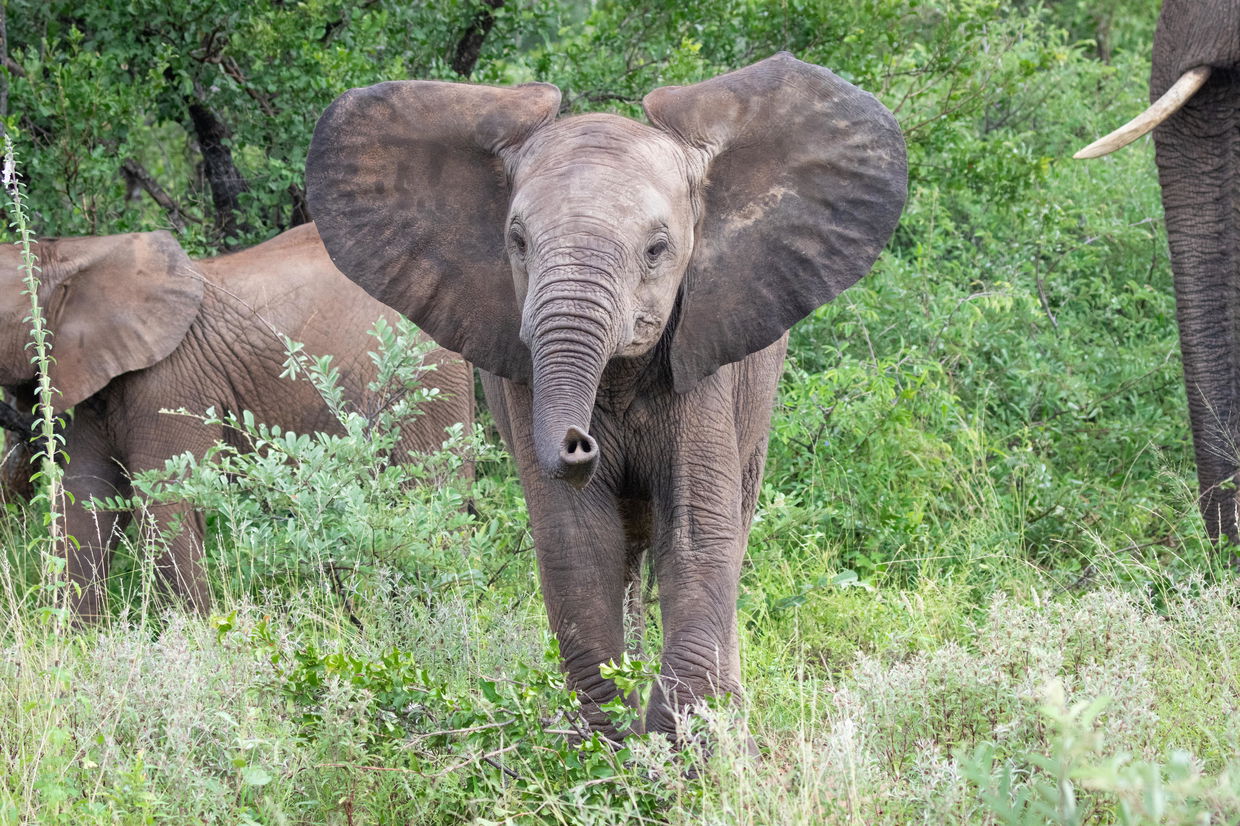
3. Ears: Built-in Air Conditioning
Those big, floppy ears aren’t just for show. Elephant ears are packed with blood vessels, and by flapping them, elephants help cool the blood circulating through their bodies. This natural cooling system is especially important during the summer months, when temperatures soar.
Ears also play a role in communication. A raised ear can signal alertness or irritation, while a relaxed flap often means an elephant is calm. Watching an elephant’s ears closely can give you great insight into its mood.
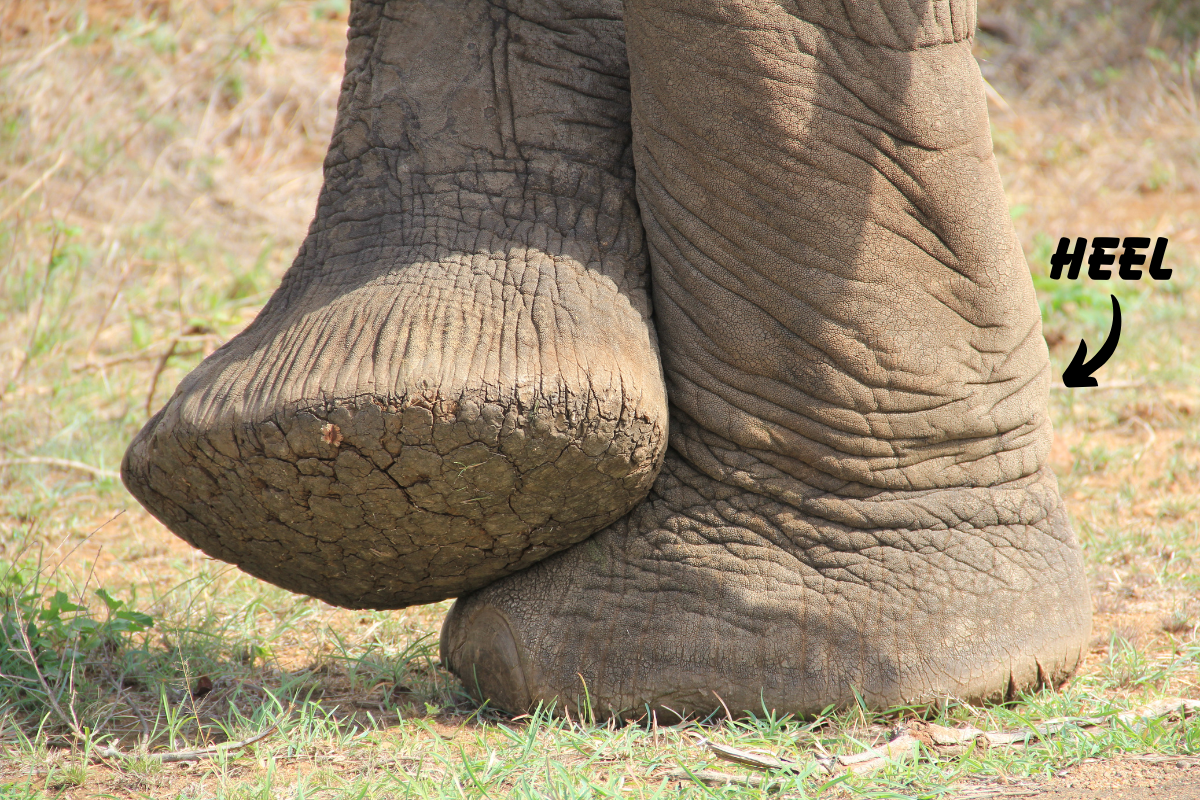
4. Feet: Silent Steps of a Giant
For such enormous animals, elephants can move with surprising stealth. That’s thanks to the thick, cushion-like pads on the bottoms of their feet, which absorb shock and allow them to move quietly across varied terrain.
Elephants technically walk on their tiptoes, with the rest of the foot supported by this soft, spongy pad. This not only makes their movement quiet but helps support their immense weight.
Trackers often study elephant footprints to determine the animal’s size, age, direction of travel, and even its pace or emotional state.
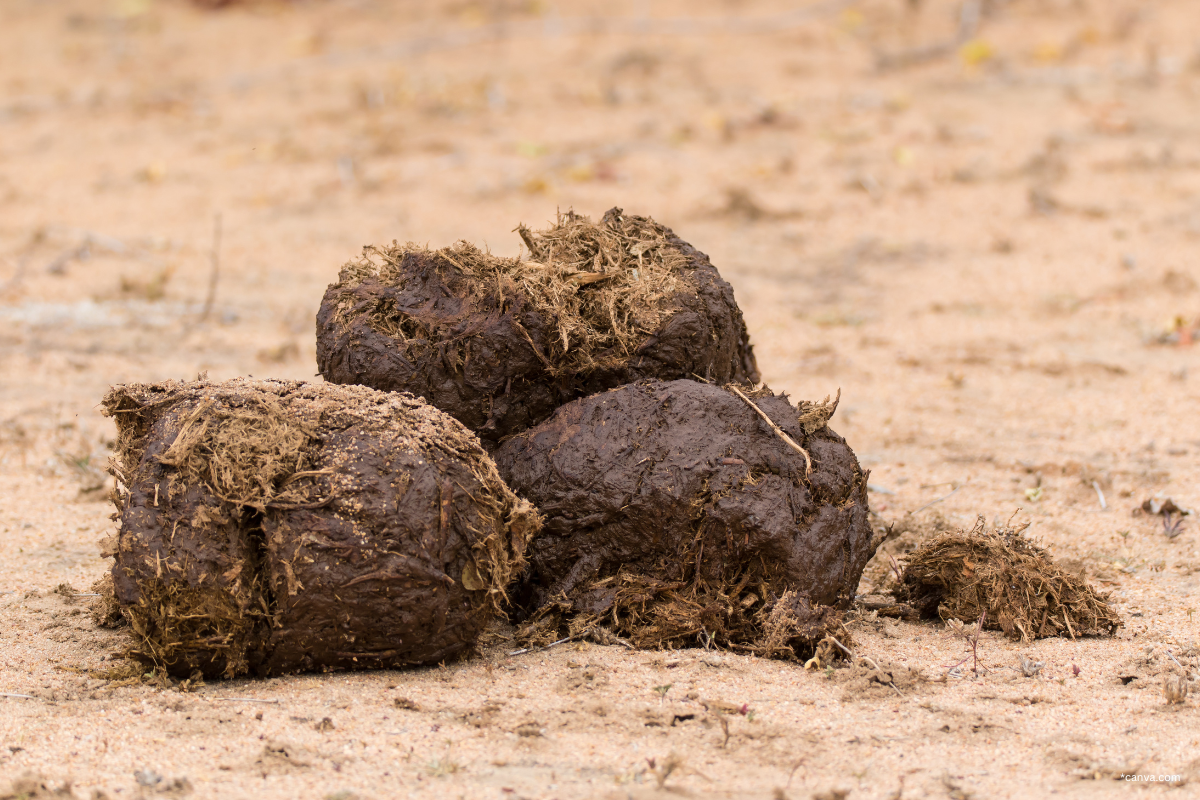
5. Digestion: An elephant-sized appetite
Elephants spend up to 18 hours a day eating, consuming as much as 150kg of vegetation in a single day – with large bulls requiring even more. Yet, they only digest about 40–50% of what they eat!
Why? Elephants are hindgut fermenters, meaning their digestion system is fast but not particularly efficient. As a result, elephant dung is full of undigested plant matter—which plays a vital role in the ecosystem. Many seeds are spread through elephant dung, helping new plants grow across the landscape, and it is also an important food source for many insects and birds!
So, next time you get the urge to drive over a giant pile of elephant dung, remember that it is actually a key part of nature’s recycling system.
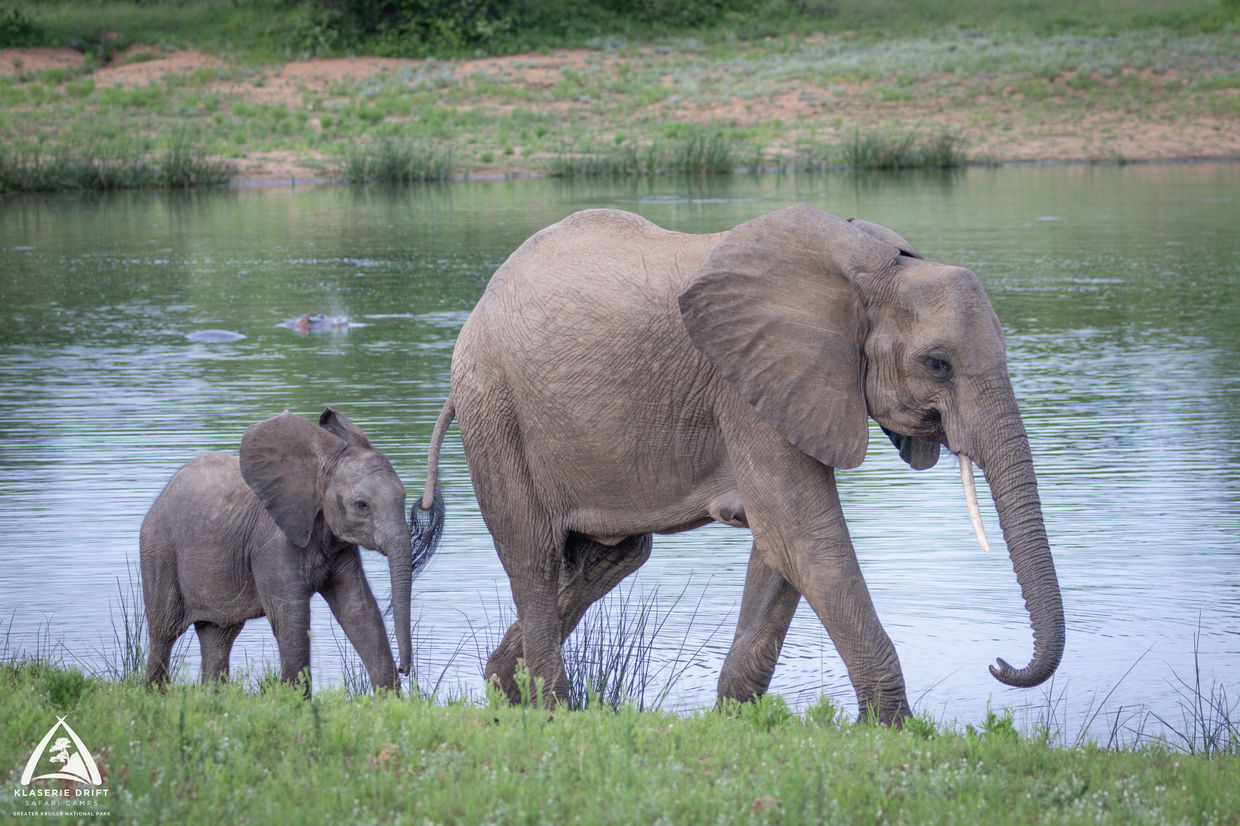
The more we learn about elephants, the more awe-inspiring they become. Every part of their anatomy is perfectly adapted to their lifestyle, from foraging and migrating to social bonding and survival in the wild. Next time you see one on safari, take a moment to appreciate just how remarkable these animals truly are—not just for their size, but for the incredible biology that makes them who they are.
Want to know more? Join us at Klaserie Drift and experience the magic of elephants in the wild, up close and in person.
Further Reading
Ever wondered about all that safari lingo? Don't get your trunk in a twist! From who are the Big Five (and why) to what they're called in the local language - here's our guide to naming the Big Five.
Did you know that most animals don’t have grandmothers? At least not in the way that we, as humans, do. Elephants, however, are one of the few species with whom we share this trait. Research shows that elephants born to young mothers are up to eight times more likely to survive if their grandmother is around. Wisened by years of child-rearing, leadership and life experience, elephant grandmothers are a critical support system...

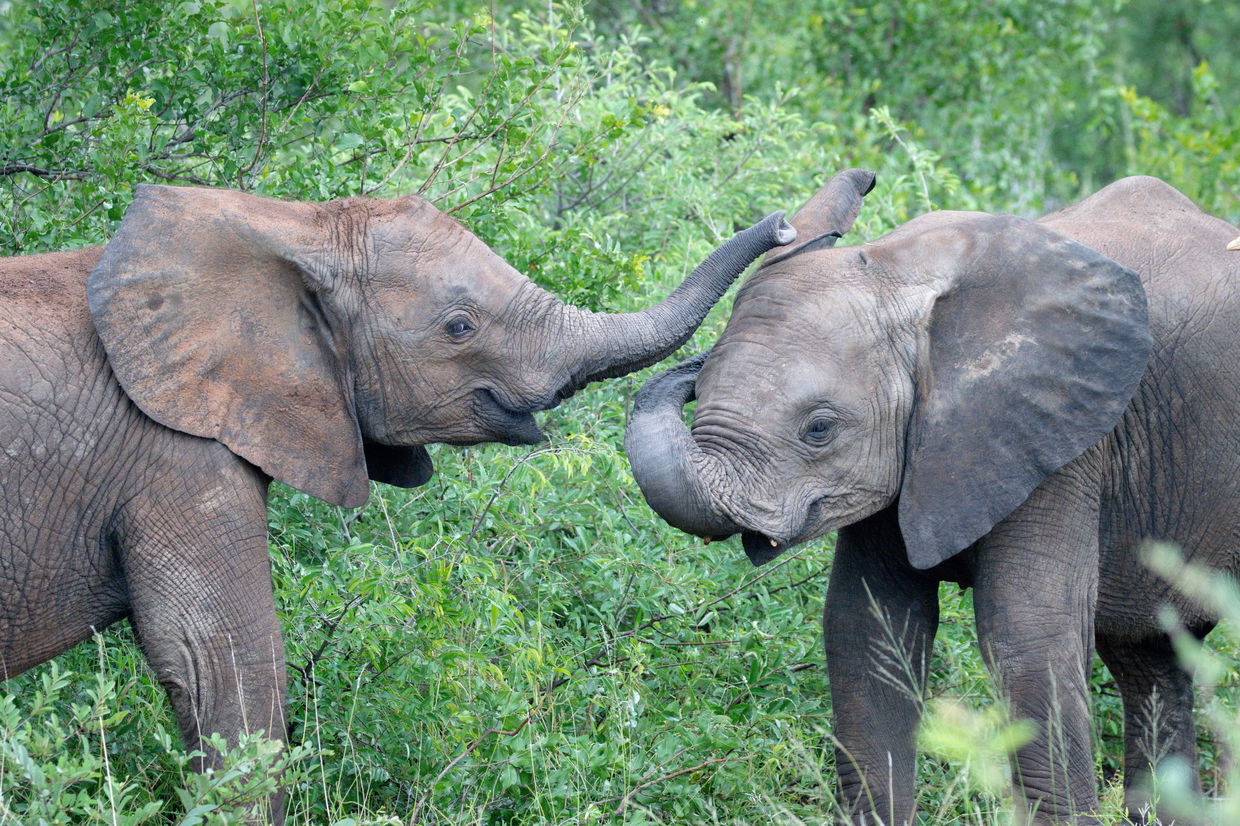



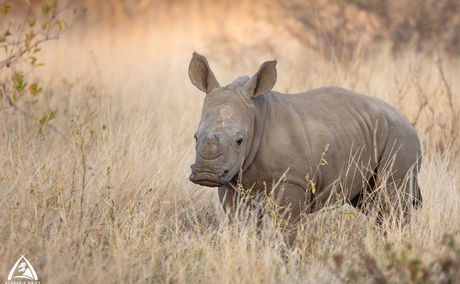
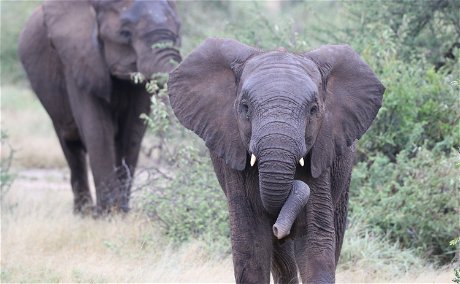
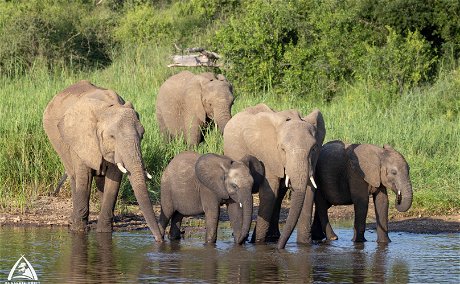

Share This Post